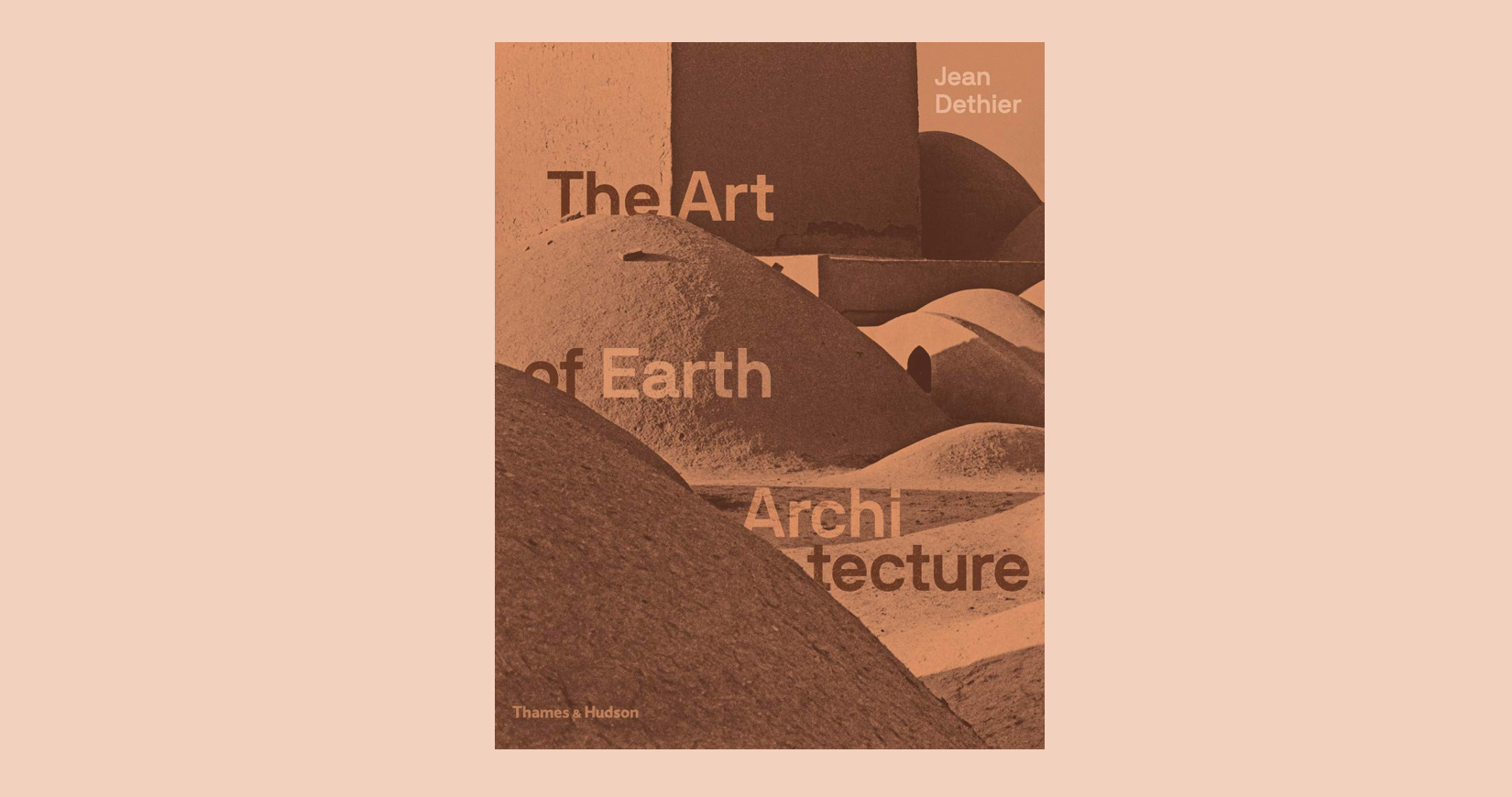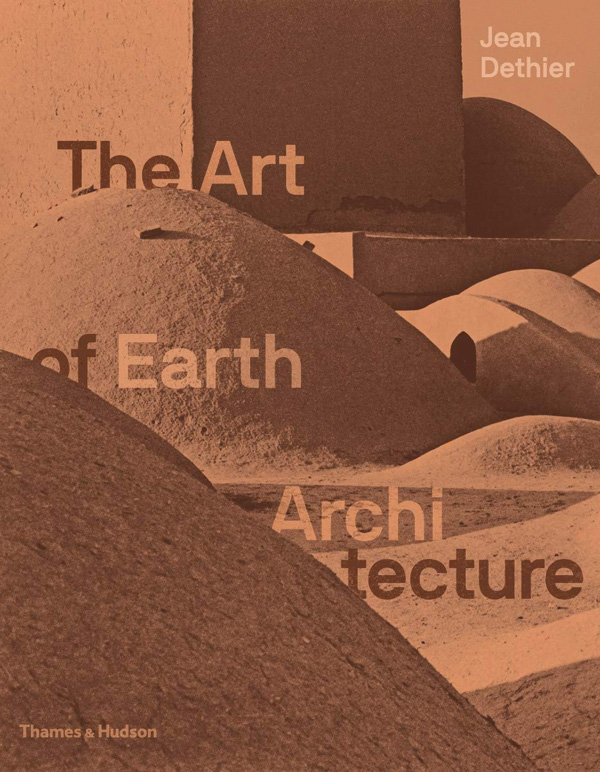Copyright © 2025 Motivate Media Group. All rights reserved.
Review: The Art of Earth Architecture: Past, Present, Future
Jean Dethier reveals some of the raw earth masterpieces scattered across five continents.

The Art of Earth Architecture: Past, Present, Future
by Jean Dethier
Thames & Hudson
Mankind has built palaces, temples, forts and cities with raw (unbaked) earth for almost 10,000 years. The various types of raw earth construction (including adobe and rammed earth, cob, wattle and daub) require neither industrial transformation nor high-energy consumption and do not produce CO2. Combining archaeology and history, culture and technology, The Art of Earth Architecture is part cultural revelation and part ecological manifesto, proposing an alternative to current construction methods and a substitute for cement and concrete. Surveyed are 450 raw earth masterpieces and many UNESCO World Heritage sites from 75 countries. Included are the temples and palaces of Mesopotamia and Egypt, the Great Wall of China and the Alhambra in Spain, as well as historical cities such as Shibam in Yemen, Djenné in Mali and Marrakesh. Also featured is contemporary work of pioneers such as Cointeraux, Fathy, Frank Lloyd Wright, Le Corbusier, Heringer, Rauch and Kéré, as well as Pritzker Prize laureates Wang Shu, Foster and Piano. Their eco-avant-garde achievements span luxury villas, social housing and public buildings. These inspiring works are now fuelling a cultural, ethical and ecological low-tech revolution. The book concludes with essays which argue that raw earth construction can help fight against climate deregulation. Hence, it’s a must-read.
The Latest
From Private to Public
How ELE Interior is reshaping hospitality and commercial spaces around the world – while staying unmistakably itself
New Episode: In Design With: Ahmed Bukhash
Watch the latest episode on In Design With.
Highlights of the Biennale Architettura 2025
We shine a light on the pavilions from the Arab world at the Venice Architecture Biennale, on display until Sunday 23 November 2025
Read ‘Bold Design’ – Note from the editor – July/August 2025
Read identity magazine's July/August 2025 edition on ISSUU or grab your copy at the newsstands.
Things to Covet in June 2025
Elevate your spaces with a pop of colour through these unique pieces
Designing Spaces with Purpose and Passion
We interview Andrea Savage from A Life By Design – Living & Branding on creating aesthetically beautiful and deeply functional spaces
Craft and Finesse
EMKAY delivers a bold and intricate fit-out by transforming a 1,800 sqm space into SUSHISAMBA Abu Dhabi, a vibrant multi-level dining experience
An Impressive Entrance
The Synua Wall System by Oikos offers modularity and style
Drifting into Summer
Perennials unveils the Sun Kissed collection for 2025
The Fold
Architect Rabih Geha’s collaboration with Iwan Maktabi
From Floorplans to Foodscapes
For Ayesha Erkin, architecture was never just about buildings, but about how people live, eat, gather and remember

















